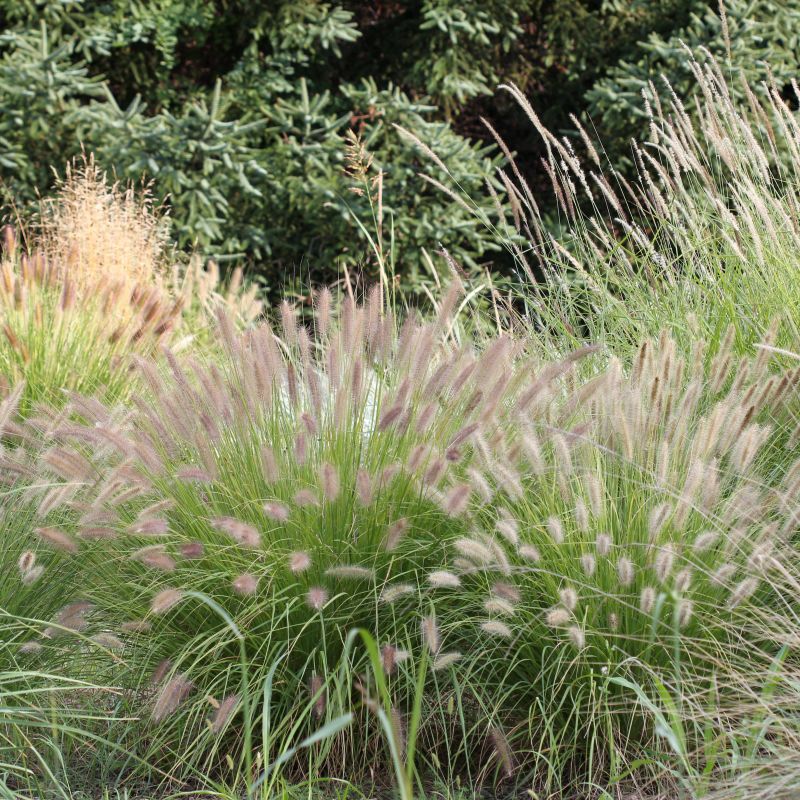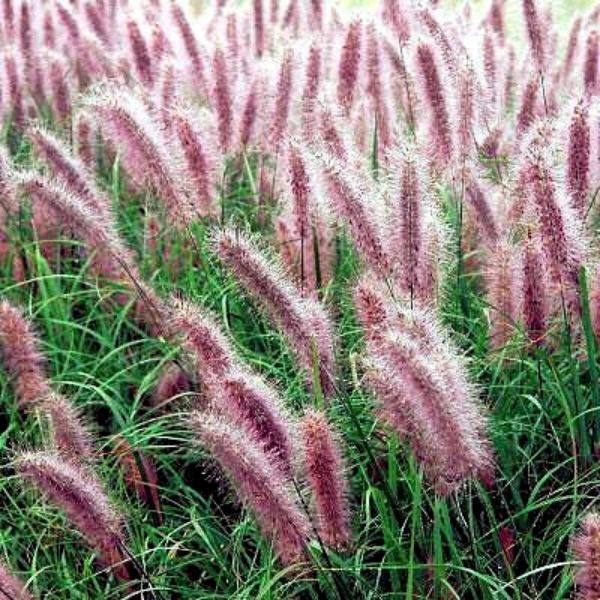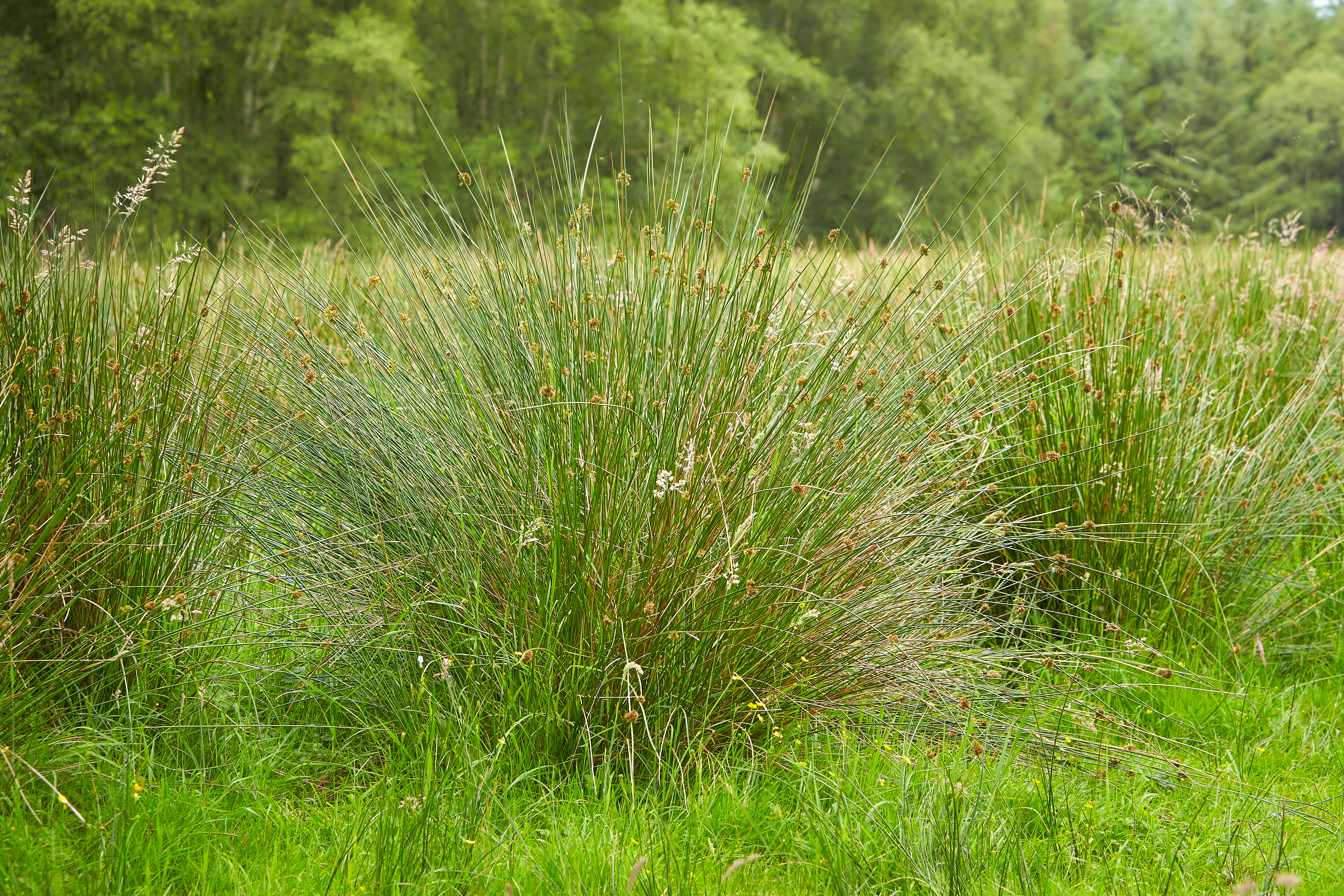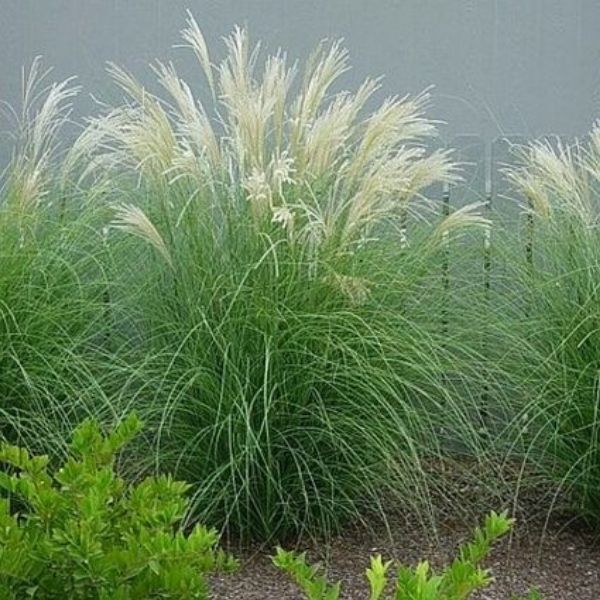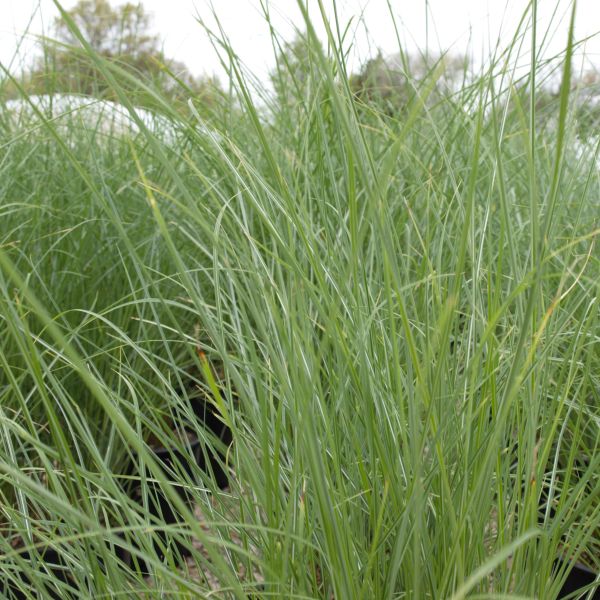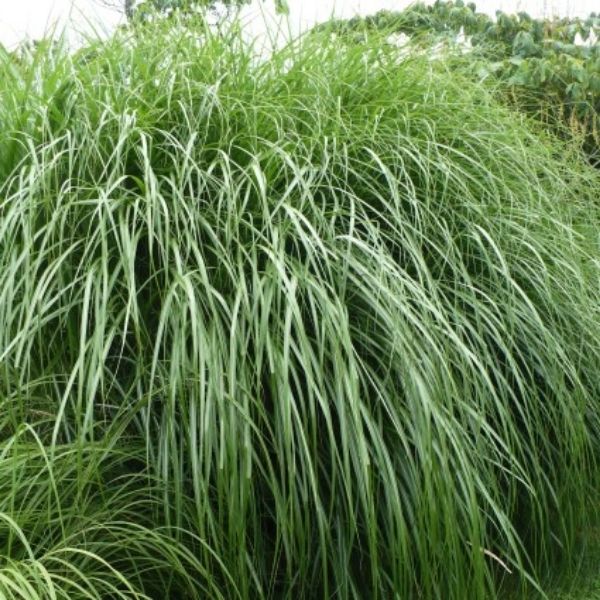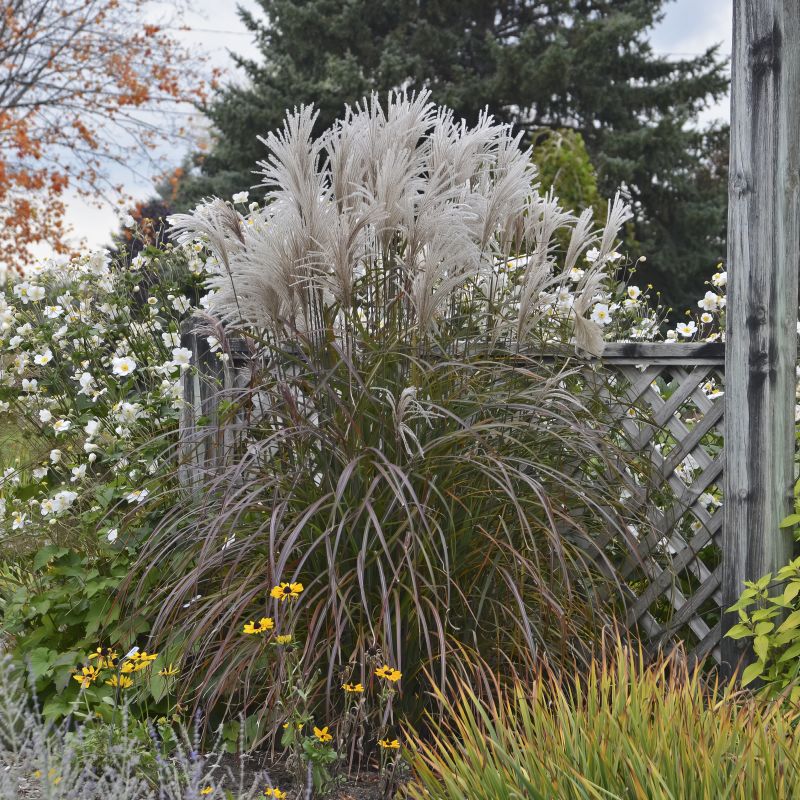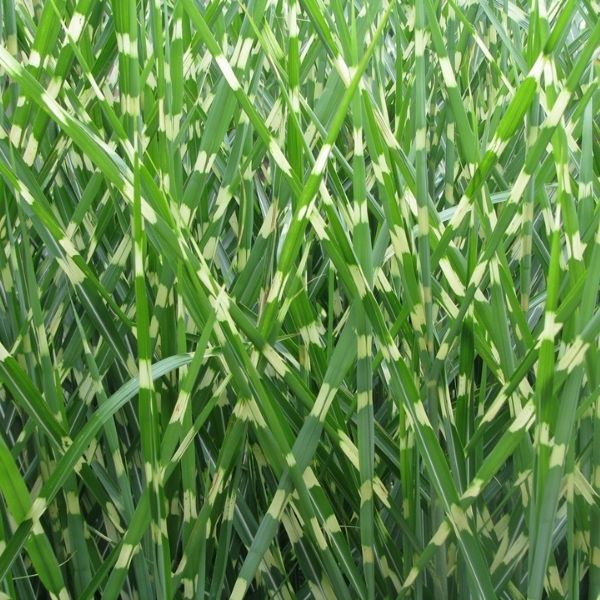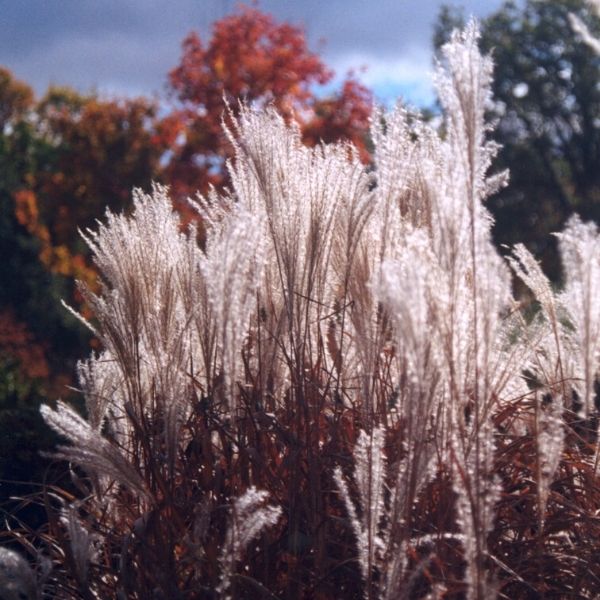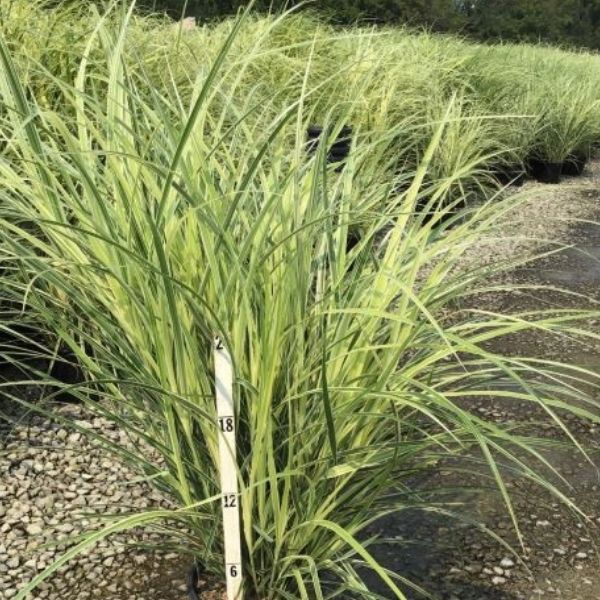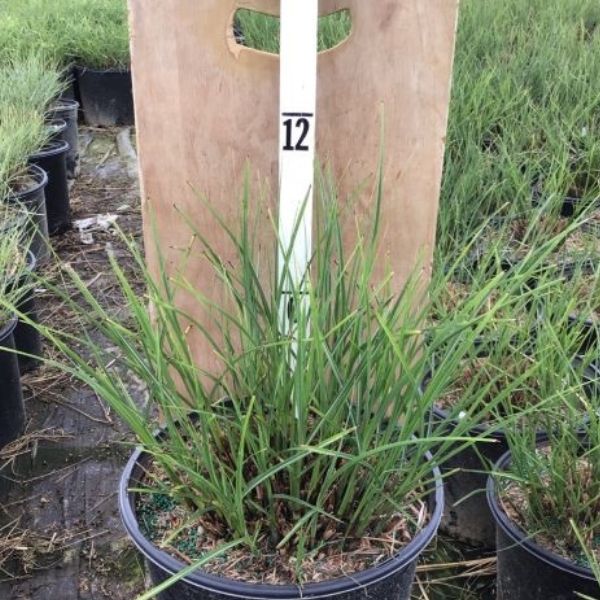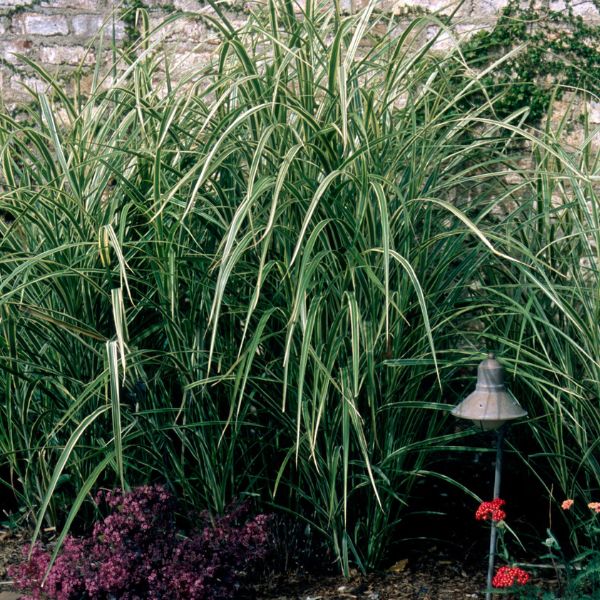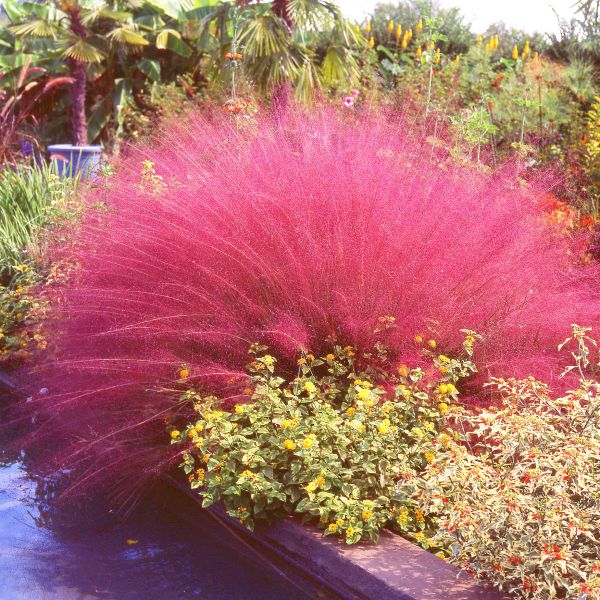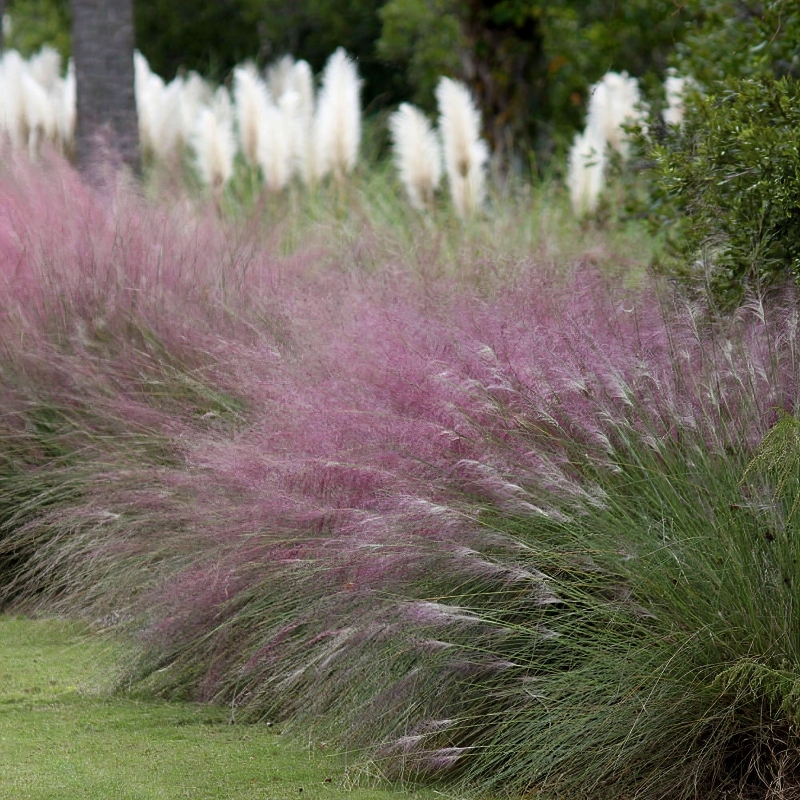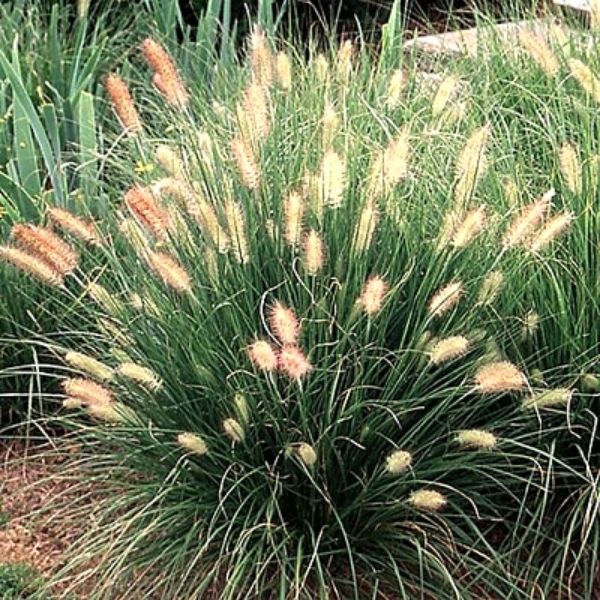
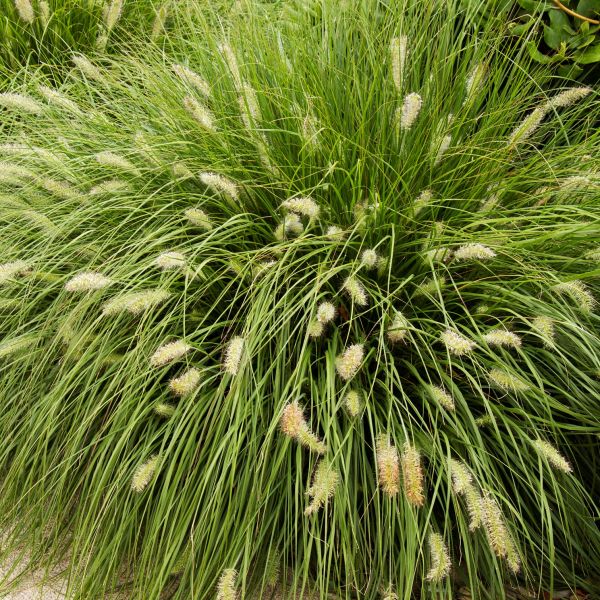
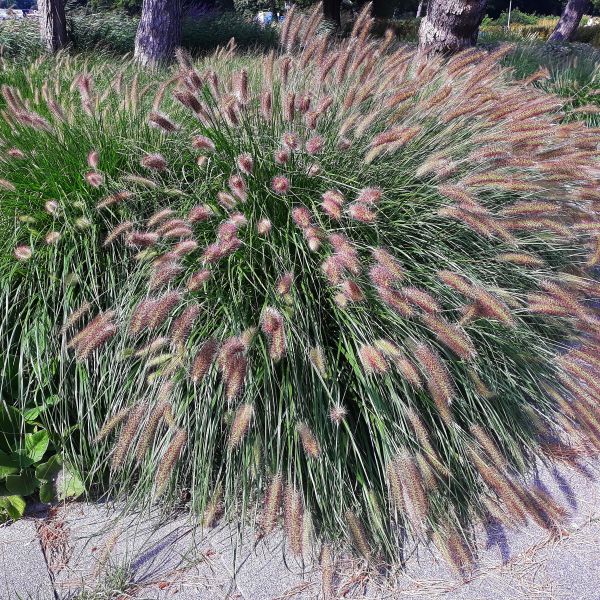
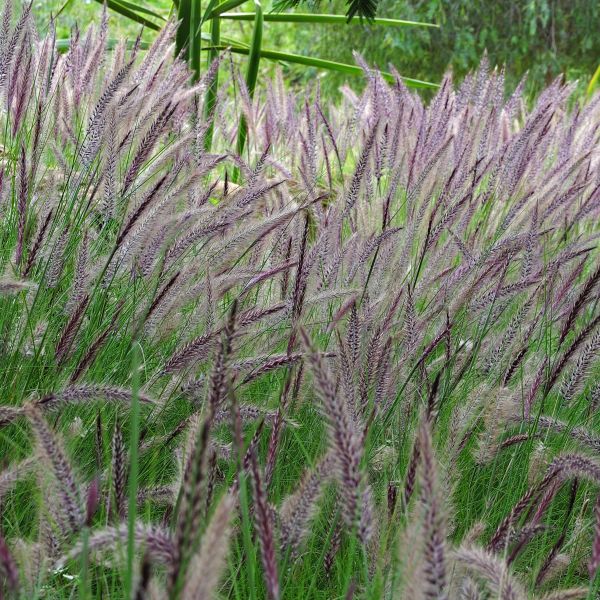
Dwarf Fountain Grass
Pennisetum alopecuroides 'Hameln'
8 reviews
Dwarf Fountain Grass
Pennisetum alopecuroides 'Hameln'
8 reviews
- Grows in compact, neat mounds ideal for small gardens or containers
- Beautiful arching fountain-like plumes add ornamental value to landscape
- Low maintenance and drought tolerant once established
- Recommended by landscape designers for optimal fit in real yards
$50.00
$72.00
30% Off
- Ships to 43215 in 3 to 7 days
- Free Shipping Over $150
- Plant Arrival Guarantee
- In Stock
- Free Plant Consult
$200 - Landscape-Approved: Every Plant We Sell Comes With Design Expertise Behind It
- 1 Gallon
- Quart Container
- Premium 1 Gallon
- 1.5 Gallon
- 2.5 Gallon
Not just beautiful - intentionally selected by ShrubHub's 3D landscape design team to fit real-world spaces and maximize yard potential.
Why Dwarf Fountain Grass?
Dwarf Fountain Grass (Pennisetum alopecuroides 'Hameln') is a popular ornamental grass known for its compact size and attractive, fountain-like shape. It produces fluffy, bottlebrush-like blooms in late summer that can last into fall, adding interest to any garden. As a drought-tolerant plant, it requires minimal maintenance and is hardy in most growing zones. Its compact size makes it a great choice for borders, rock gardens, or as a groundcover.
People who loved this plant also bought
Sunlight
Dwarf Fountain Grass requires full sun to partial shade, with at least 6-8 hours of direct sunlight per day.
Watering
Dwarf Fountain Grass requires moderate watering, with the soil kept consistently moist but not waterlogged. It is important to water deeply and allow the top few inches of soil to dry out between waterings to promote healthy growth.
Fertilizing
Dwarf Fountain Grass requires a balanced fertilizer with equal amounts of nitrogen, phosphorus, and potassium (NPK). A 10-10-10 ratio fertilizer is suitable for providing the necessary nutrients to promote healthy growth and blooming.
The Dwarf Fountain Grass is a charming addition to any garden. This ornamental grass thrives in a variety of climates, from hot and dry regions to more temperate areas. It can tolerate different soil types, including loam and sandy soil, making it adaptable to various garden settings. It can thrive in USDA zones 5 to 9.
With its compact and graceful form, the Dwarf Fountain Grass adds elegance and movement to any landscape. Its arching green foliage transforms into beautiful plumes in late summer, creating a striking display of texture and color. As the feathery inflorescences sway in the breeze, they bring a sense of grace and beauty to the garden.
One of the many benefits of the Dwarf Fountain Grass is its low-maintenance nature. It requires minimal upkeep, with occasional watering once established. Cutting it back in early spring helps maintain its neat appearance. Its self-cleaning characteristic eliminates the need for extensive grooming or pruning.
This versatile grass has multiple uses in landscape design. It can be used as a border or edging plant, providing softness and structure to garden beds. It also works well as a focal point or mass planting, adding visual interest and texture to larger areas. The Dwarf Fountain Grass is suitable for rock gardens and container plantings, allowing for versatility in design and placement.
The Dwarf Fountain Grass also attracts wildlife to your garden, particularly birds.
The texture and movement of its plumes are highly appealing to birds, and the grass's seeds serve as a food source, further promoting wildlife activity. Its adaptability to different climates and soils, its aesthetic appeal, and its ability to attract wildlife make it an excellent choice for creating a beautiful and lively garden.
Plant Information:
| Botanical Name: | Pennisetum alopecuroides 'Hameln' |
| USDA Zones: | 5 - 9 |
| Water: | Low Once Established |
| Exposure: | Full Sun |
| Soil Needs: | Well Drained |
| Mature Height: | 1 - 2 feet |
| Mature Spread: | 12 - 18 inches |






Pollination Info
Pollination Info for Dwarf Fountain Grass (Pennisetum alopecuroides 'Hameln')
- Dwarf Fountain Grass (Pennisetum alopecuroides 'Hameln') is a monocotyledonous plant that reproduces sexually by producing seed.
- The grass produces small, inconspicuous flowers that are wind-pollinated.
- The flowers do not have showy petals or nectar to attract pollinators.
- Pollen is produced in the anthers of the flowers and is dispersed by the wind.
- The grass is self-compatible, meaning that it can produce seeds even if pollen from another plant is not available.
- However, cross-pollination can increase genetic diversity and may lead to improved adaptability and growth.
FAQ
Dwarf Fountain Grass (Pennisetum alopecuroides 'Hameln') FAQ
Plant Care
What is the best soil for Dwarf Fountain Grass?
Dwarf Fountain Grass prefers well-drained, fertile soil. Add organic matter and sand to improve drainage.Does Dwarf Fountain Grass need full sun or partial shade?
Dwarf Fountain Grass prefers full sun but can tolerate partial shade. However, it may not flower as much in partial shade.How much water does Dwarf Fountain Grass need?
Dwarf Fountain Grass requires regular watering, especially during hot and dry weather. Water deeply and allow the soil to dry out before watering again.When should Dwarf Fountain Grass be fertilized?
Fertilize the plant in the spring with a balanced, slow-release fertilizer.Plant Characteristics
What is the height and width of Dwarf Fountain Grass?
Dwarf Fountain Grass grows up to 2-3 feet tall and forms a clump that is approximately 2-3 feet wide.What are the flowers of Dwarf Fountain Grass like?
Dwarf Fountain Grass produces fluffy, bottlebrush-like flowers in late summer that turn golden-brown in the fall.What is the growth rate of Dwarf Fountain Grass?
Dwarf Fountain Grass has a moderate growth rate and will form a clump in 2-3 years.Is Dwarf Fountain Grass an invasive plant?
No, Dwarf Fountain Grass is not considered an invasive plant.Maintenance
Should I cut back Dwarf Fountain Grass in the fall?
Cut back the foliage of Dwarf Fountain Grass to a few inches above the ground in late fall or early spring before new growth emerges.How often should I divide Dwarf Fountain Grass?
Divide Dwarf Fountain Grass every 3 to 4 years in the spring to maintain its vigour and growth.Can Dwarf Fountain Grass be grown in containers?
Yes, Dwarf Fountain Grass can be grown in containers, as long as the container has drainage holes and the soil is well-draining.Planting & Care
Planting Dwarf Fountain Grass:
1. Choose a location that receives full sun to partial shade.
2. Prepare the soil by adding compost or other organic matter.
3. Dig a hole two times as wide as the root ball, but no deeper than the plant was in its pot.
4. Remove the plant from its pot and gently loosen any tangled roots.
5. Set the plant in the hole and backfill with soil.
6. Water thoroughly.
Care of Dwarf Fountain Grass:
1. Water regularly, once or twice a week, especially during periods of drought.
2. Fertilize once a month during the growing season with a balanced fertilizer.
3. Mulch around the base of the plant to retain moisture and control weeds.
4. Cut back foliage in late winter or early spring before new growth appears to encourage dense growth.
5. Divide plants every two to three years in early spring to maintain their vigor and prevent overcrowding.
Check Out These Verified Customer Reviews:
Customer Reviews
4.6 out of 5 based on 8 reviews
Thank you! Your review has been submitted.
I absolutely love my Dwarf Fountain Grass! It arrived in perfect condition and looks even more beautiful in person. The quality is top-notch and I am very satisfied with my purchase.
Great customer service, answered all my questions.
Beautiful and vibrant grass plants.
Item has been added to your cart.






